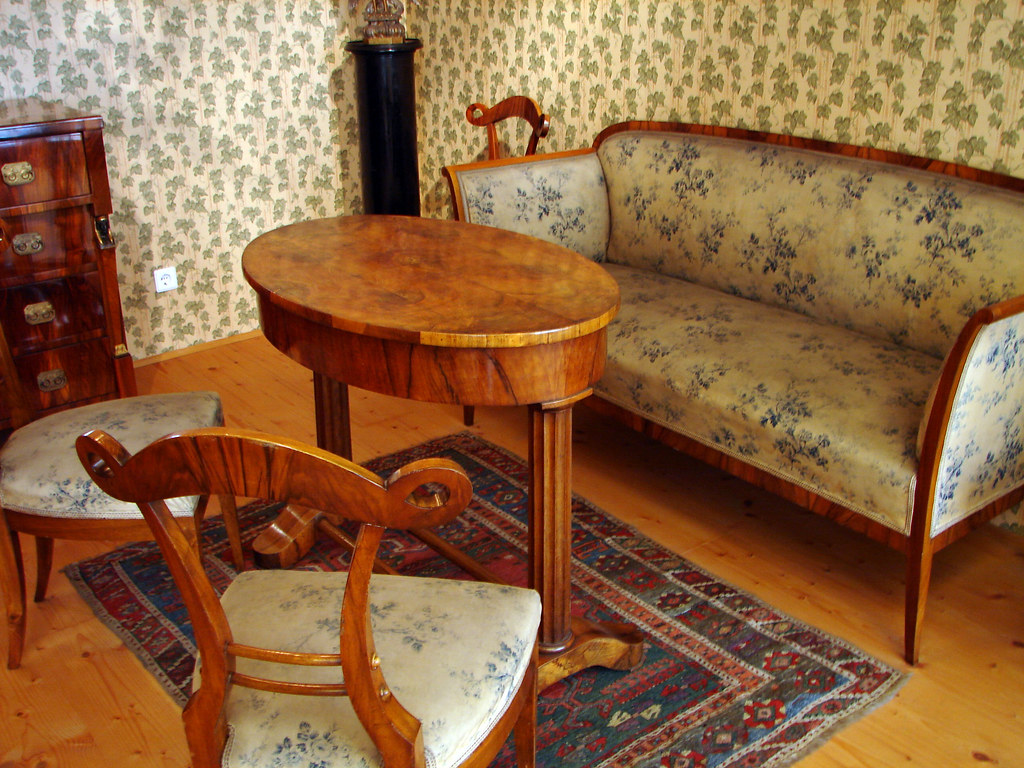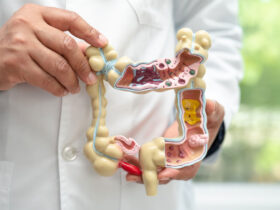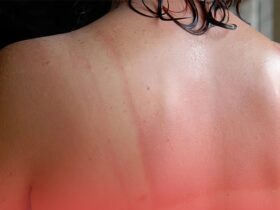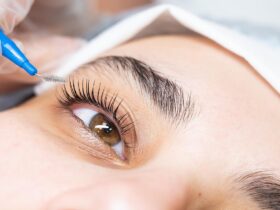People make mistakes, lots of them, all the time. And while most of us don’t have to deal with correctional facilities, sometimes some do have to face these kinds of consequences. This is particularly true when we talk about young people; anatomically, it is proven that their brains are not yet fully developed, so their errors of judgment are more common.
Furthermore, it should not be forgotten that correctional institutions’ intention is not only to punish inmates for the crime committed but also to rehabilitate them so that they can eventually rejoin society as functional members.
Behavioral psychology on correctional facilities establishes that the environment makes a difference in incarcerated persons’ behavior. Efforts to soften backgrounds have included incorporating materials that reduce stress-inducing noise levels, create access to daylight, replace cell bars with doors, and provide child-friendly spaces where incarcerated parents can receive visitors. By design, experts think they can decrease the overall population behind bars.
The old correctional facilities’ stark style presents a stark contrast to the architectural plans designed for the new campuses; plans for the modern facilities call for natural wood, colorful paintings, skylights, and ample educational spaces for youth.
Correctional facility furniture should be sturdy, durable, designed for mental health, juvenile, prison, and correctional facilities. Correctional facility furniture should be suitable for high traffic and heavy use and should be floor or wall mounted for safety. Online you can find companies with a vast catalog of floor-mounted stools, nightstands, utility tables, shelving, and much more.
Hence, there is a need to redefine correctional facilities’ design to make them less impersonal and cold places but no less safe for inmates, employees, guards, and others who may be on site.
The new buildings are designed based on precast concrete cells reinforced with rebar and steel and have a heavy profile. With clean, open spaces and fewer objects or obstacles, inmates can be observed at all times, in all places, making both officers and inmates safer, rehabilitation improves, and gang affiliation decreases when inmates are placed in more comfortable environments where officers interact with them face-to-face, rather than from behind thick glass panels.
In new design trends, fenced-in yards with mesh that allows viewing from a distance are added and more cells for disabled inmates. Designers avoid tie-off points to help prevent suicides and relocate the plumbing, so there is a minor disturbance when a plumber is called. Inmates sometimes cover the toilets on purpose because they are bored or want to exert some control over the environment around them.
Besides, the buildings are designed to decrease the number of interruptions in the number of time inmates spend in the yard, increase natural light, and create a prison that is more accessible to the aging incarcerated population that has to serve longer sentences.
Architecture affects, but it is part of a whole. If the person running the facility is not committed to proactive interaction between officers and inmates and to rehabilitation, the facility’s design does not matter in the least.







